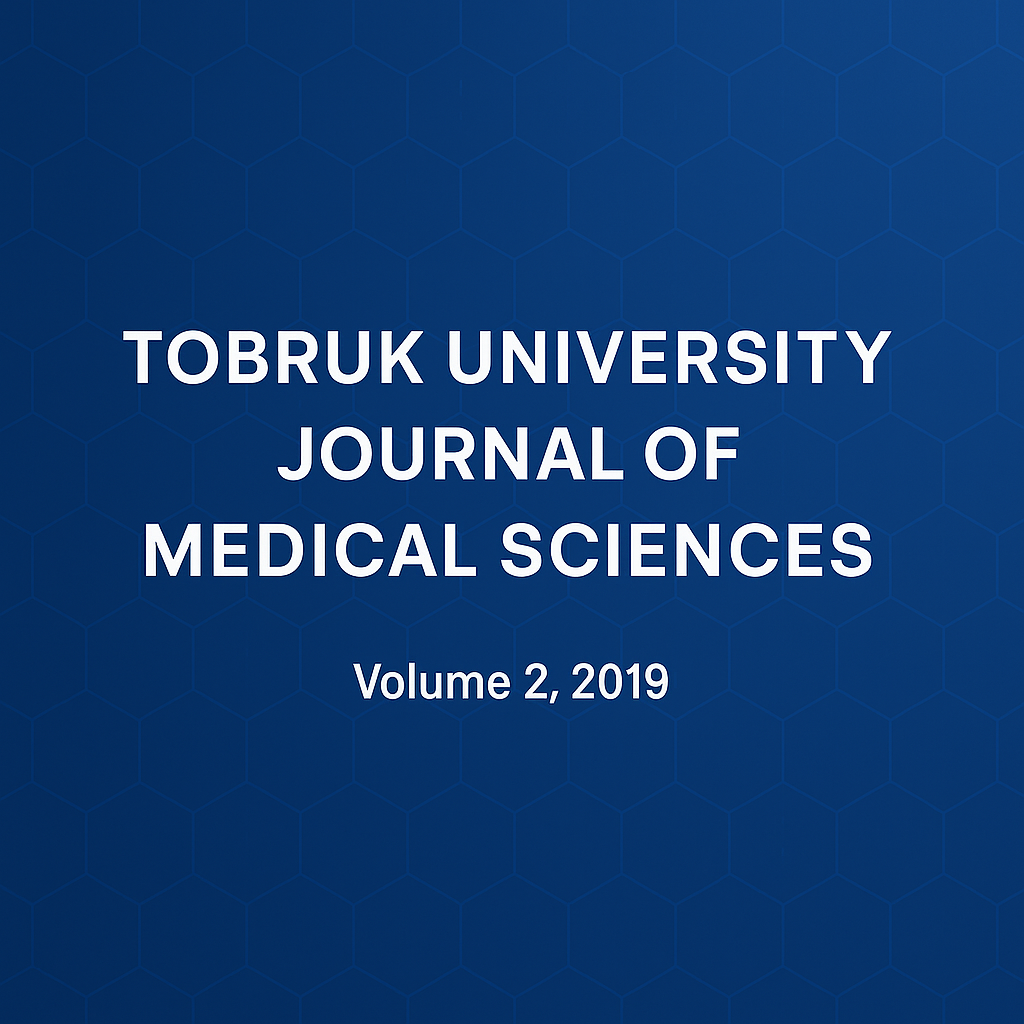Isolation And Identification Of The Fungi Found In Children Hair In Benghazi City.
DOI:
https://doi.org/10.64516/k03b8q83Keywords:
Tinea capitis, dermatophytosis, mycological.Abstract
TC is a dermatophytosis of the scalp hair follicles and the skin. It is a contagious disease and predominantly affects preadolescent children.The study was done to evaluate the prevalent pattern clinical of and to find epidemiological factors influencing their occurrence. The study was carried out from October to November2011 in Benghazi and considered the age, sex and contact history factors. A total of 101 children, in age group of 2-12 years were included in this study, and all the children were from Benghazi area. Direct microscopic examination and mycological culture were done for all cases. Majority of patients were two males in 11and 12 years age group. They gave history of family member with no tinea capitis. Direct microscopy with KOH and lactophenol cotton blue was found to be help in the diagnosis. Positivity of culture was observed in 2 cases (2.0%) of males and Micosporumcanisthe species was isolated, followed by Candida spp 24 (23.8%) and Candida albicans 21(20.8%). It is beneficial to do both direct microscopy with KOH, Lactophenol cotton blue and culture in all cases of tinea capitis.
References
1. Tortora, G. J; Funke, B. R. and Case, C. L. (2004). Microbiology an introduction. 8thedition. Pearson Benjamin cummings; USA.
2. Black, J. G. (2002). Microbiology principles and explorations.5thed. John wiley and sons, Inc. USA.
3.Jawetz, Melnick, Adelberg,s. (2004). Medical microbiology:23thedn: MC Graw Hill, Singapore.
4. Wood, D. G; Slack, R; Peutherer, J. and Bare, M. (2007). Medical microbiology, A guide to microbial infections: Pathogenesis, Immunity, Laboratory diagnosis and control: 17thedn: Churchill living stone Elsevie, China.
5. Weitzman, I. and Summer bell, R. 1995. The dermatophytes, Microbial Rev. 8: 250- 59.
6. Falahati, M; Akhlaghi, L; Rastegarlari, A. and Alaghehbandan, R. (2003). Epidemiology of dermatophytoses in area South of Tehran, Iran, Mycopathologia.156: 279- 87.
7. Poppola, T. O. S; Ojo, D. A. and Alabi, R. O. (2006). Prevalence of dermatophytosis in junior secondary school children in Ogun state, Nigeria, Mycoses.499-503.
8. Svejgaard, E. L. (1995). Epidemiology of dermatophytes in Europe. Int. J. Dermatol. 34: 525-8.
9. Dolence-Voljc, M. (2005). Dermatophyte infections in the Lijublijna region. Slovenia. Mycoses. 48: 181-6.
10. Gargoom, A. M; Elyazachi M. B; Al- Ani, S. M. and Duweb, G. A.( 2000) .Tinea capitis in Benghazi, Libya. Int. J. Dermatol. 39: 263-5.
11. Peter, G. M; Lepow, G; Cracken, M.C. and C, Phillips, C. (1991). Report of committee on infectious diseases.22nd Edn, American Academy of pediatrics Elk Grove Village. PP: 470-475, 596-577.
12. Stein, D. (198). Superficial fungal infections, pediatric clinics of North America. 30: 545-561.
13. Degree, F. H. G. D. and Dedoncker, G. R. (1993). Current therapy of dermatophytosis. J. Am. Acad. Dermatol. 31 (31): S 25-S 30.
14. Kumar, A. (2008). Tinea capitis - Clinical and Mycological study.Ind. J. Dermatol.
15. Gupta, A.K; Summer bell, R.C(2000).Tinea capitis. Med. Mycol. 38: 255 - 87.
16. Gupta, A. K; Hopstader, S. L. and AdampSummerbell, R. C. (1999). Tinea capitis: anover view 148 with emphasis on management. pediatricDermato. 16: 171-89.(S).
17. Dawber, R. and Nest, D. V. (2004). Taylor and Francis group; 2nd ed, Spain.
18. Elewski, B. E. 1998. Onycho mycosis: Pathogenesis, and management. Clin Microbial Tev. 11: 415-29.
19. Goering, R. V; Dockell, H. M; Roitt, V. M; Mims, C. and Lchiodini, P. (1998). Mims .Med. microbio. 4thed: Elsevier limited.
20. Emmons, C. W; Binford, C. H; UTZ, J. P. and Kwon-Cung, K. J. (1977). Dermatophytoses. In: Med. myco. Philadepia.PP- 117-167.












